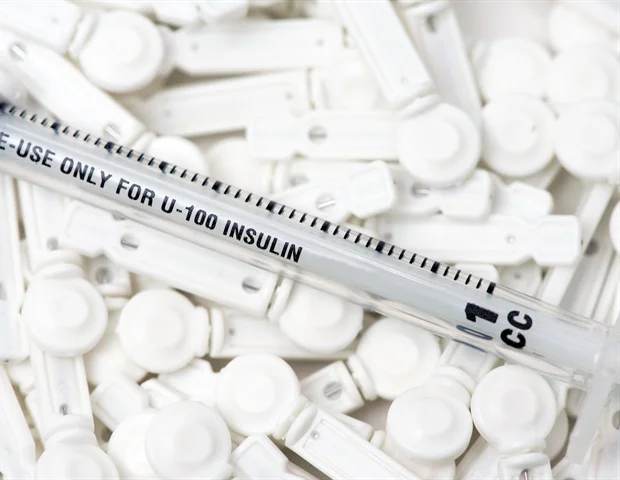
In 2004, the United Nations Stockholm Convention banned the production and use of many persistent organic pollutants (POPs), such as dichlorodiphenyltrichloroethane (DDT) and polychlorinated biphenyls (PCBs). However, POP production and use continue in some nations that did not ratify the treaty, including India and other South Asian countries. Now, researchers reporting in ACS' Environmental Science & Technology have linked high levels of DDT in Indian immigrants in the U.S. with risk factors for diabetes.
Asian Indians have a higher risk of diabetes than other populations, and this risk extends to Indian immigrants in the U.S., Europe and elsewhere. Previous studies have found DDT in samples taken from the environment, food, and people of the Indian subcontinent. Michele La Merrill and colleagues wondered whether prior exposure to DDT and other POPs could influence Asian Indians' diabetes risk, even after they had immigrated to the U.S. Based on results from animal studies, the researchers hypothesized that POPs could contribute to diabetes by causing excess fat deposition in the liver, which in turn can lead to insulin resistance.
To test their hypothesis, the researchers examined the levels of 20 environmental pollutants in blood plasma samples from 147 Asian Indian participants, 45 to 84 years old, living in the San Francisco Bay area. The researchers detected levels of numerous POPs that were much higher than levels previously found in other populations in the U.S. In particular, people with higher levels of DDT in their blood were more likely to be obese, have excess fat in their livers and show increased insulin resistance compared to people with lower levels.
Although more research is needed to establish a causal relationship, these findings could help explain the increased diabetes risk for Indian immigrants and have public health implications for the approximately 1.8 billion South Asians throughout the world, the researchers say.
American Chemical Society






No comments
Post a Comment